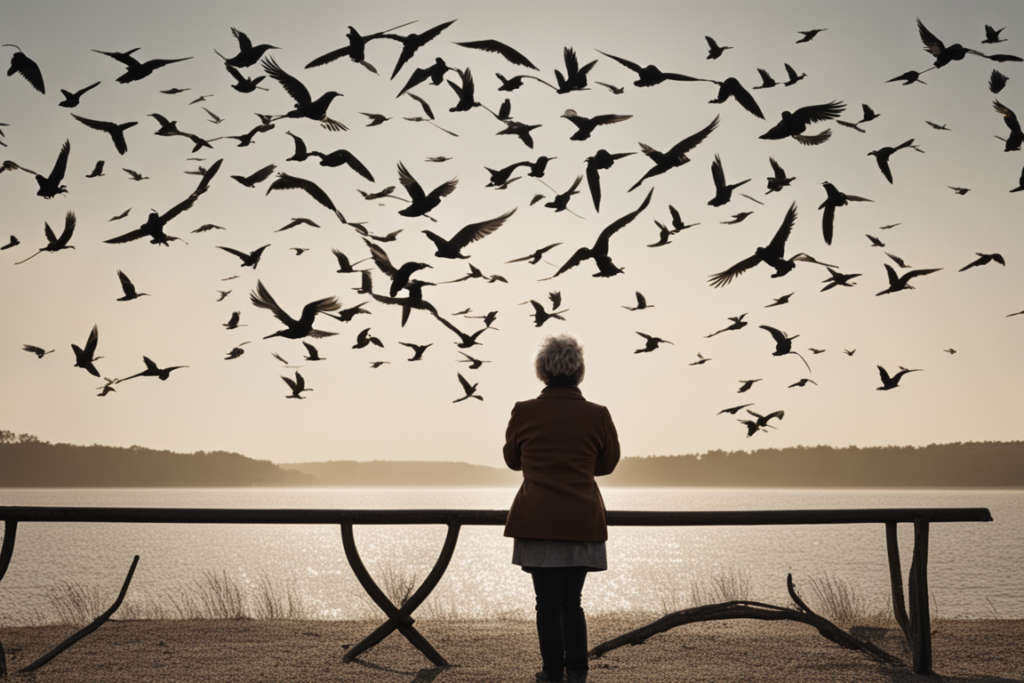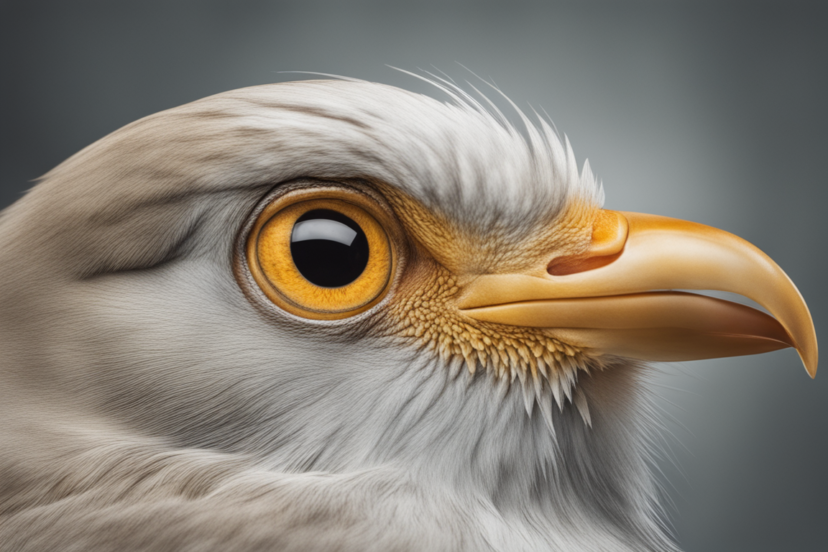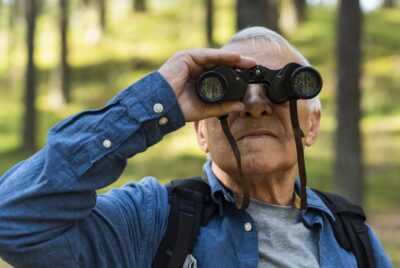Should You Make Eye Contact with Birds?
In birds there is a large variety of responses to eye contact. In parrots, the eyes are part of a body language signal system that also involves posture, beak/tongue movements and subtle shifts in wing and body feathers. Staring down a strange parrot can get you bitten, while looking a parrot in the eye while opening your mouth and moving your tongue signals friendly behavior.
Thus, if you have ever been enchanted by the sight of a majestic bird, only to hesitate about meeting its gaze, well, you’re not alone! The question of “should you make eye contact with birds” sparks curiosity in many birdwatchers. While a simple “yes” or “no” might seem easy, understanding the complex world of bird communication reveals a more nuanced answer.
Stepping into the Wild Bird World:
Imagine yourself, a tiny sparrow enjoying a seed on the ground. Suddenly, a pair of large eyes appear right in front of you. In the wild, direct eye contact often carries weight. Predators like hawks and owls fixate on their prey before attacking, creating a deep-rooted association between stares and danger. Direct eye gaze can predict imminent danger. So, a human’s gaze, however well-intended, could send shivers down a bird’s spine, making them feel threatened or stressed.
Decoding the Language of Eyes:
Birds may not speak our language, but they’re masters of reading body language. They pay close attention to your eyes, posture, and movements, piecing together your intentions like a master detective. Predators tend to look at their prey when they attack. Your direct eye gaze, though seemingly harmless, might be misinterpreted as a challenge or a sign of aggression.

The Impact of Your Stare:
Think of your gaze as a big, blinking question mark to a bird. They don’t know if that human eye contact means you’re a friendly observer or a hungry predator. This uncertainty can trigger various responses:
- Fluffed feathers: Raised feathers are a classic sign of stress or defense. This makes the bird appear larger and more intimidating, potentially deterring threats.
- Flight or fight: Animals perceive eye contact as a sign of danger. Faced with perceived danger, birds often choose the “flight” option, taking to the skies for safety. Your stare might unintentionally trigger this escape mechanism. The development of wing and body feathers may help them escape a predator by sustained flight(s) or wing assisted running.
- Fearful behavior: Birds might exhibit signs of fear like crouching, hiding, or vocalizing distress calls if they feel cornered or intimidated by your gaze. Wing and body feathers quivers also indicate fear.
Not All Birds Tweet the Same Tune:
It’s important to remember that birds are diverse creatures with varying levels of sensitivity to stares. Some, like crows, are highly intelligent and have excellent memories. They might remember an unpleasant stare from the past and react cautiously. Others, like parrots, are known for their curiosity and might even return your gaze, intrigued by this strange, staring biped. So eye contact may not be as much of a threat to them like most birds.
Beyond Words: Understanding Friendly Cues:
While we use smiles and kind words to convey friendliness, birds communicate differently. Look for these positive signs:
- Relaxed posture: A calm and composed bird with loose feathers indicates they feel comfortable and safe.
- Soft chirps or whistles: These vocalizations can be interpreted as friendly greetings or expressions of curiosity.
- Head bobs or body tilts: These subtle movements can signify interest or even a playful invitation to interact.
Can Birds Recognize a Friendly Human Face?
The jury is still out on this one! Scientists are constantly learning more about animal cognition, but it’s safe to say that most birds probably can’t differentiate between humans and other potential threats based solely on facial features. But birds as well as a number of other vertebrate species easily recognize the eyes of a human and “know” when they are being looked at. Most animals interpret direct eye contact as being at risk of predation. Therefore, avoiding direct eye contact remains the safest approach for responsible birdwatching.
Oops! Accidental Stare: What to Do:
We’ve all been there – accidentally locking eyes with a bird. Don’t fret! Simply:
- Look away gently: Avoid sudden movements that might further startle the bird.
- Maintain a calm demeanor: Speak softly and move slowly to reassure the bird you’re not a threat.
- Give them space: Let the bird know you respect their boundaries and allow them to move freely.
Also read: Insights into Bird Behavior: Can Birds Recognize Humans Who Feed Them?
Beyond Eye Contact: Enjoying Birds Ethically:
Fortunately, appreciating birds goes beyond staring contests. Here are some fantastic ways to enjoy them ethically:
- Use binoculars or a camera: These tools allow you to observe birds from a distance without causing undue stress.
- Listen to their songs: The beautiful melodies of birds offer a delightful sonic experience. Learn common bird calls to identify different species by their songs.
- Observe their behavior: Watch how birds interact with each other, build nests, or search for food. This provides fascinating insights into their complex lives.
Remember:
Birds are wild animals, not pets. Treating them with respect and understanding their unique communication styles is crucial for their well-being. By adopting responsible birdwatching practices, we can coexist harmoniously with these feathered marvels and contribute to their conservation.
Beyond Staring: A Symphony of Bird Communication
Birds don’t just use their eyes to talk! They have a whole toolbox of ways to communicate:
- Singing: From sweet melodies to harsh calls, each song has a meaning. Learn their tunes to understand what they’re saying!
- Body language: Watch how they move, preen, and puff their feathers. It can tell you how they’re feeling and what they’re thinking.
- Smells: Believe it or not, birds even use smells to talk! These special scents tell others their age, health, and even if they’re looking for love.

Birds Talk Across Species Too!
Birds don’t just chat with their own kind or with the same species. They use their voice and body language to talk to other animals, like warning each other about danger or finding food together. It’s a whole secret language!
Animals perceive eye contact as a threat or a challenge to their dominance.
Humans Can Help!
While enjoying birds is great, being loud, moving fast, or using bright lights can mess up their communication and make them stressed. By being quiet, slow, and respectful, we can help them talk freely.
Want to Learn More?
Citizen science lets you help scientists understand birds better by recording their songs or watching their nests. It’s a fun way to contribute!
Understanding bird communication isn’t just about knowing facts. It’s about connecting with these amazing creatures and respecting their language. By learning to listen, watch, and appreciate, we can become better birdwatchers and guardians of their world.
Also read: The Complexities of Bird Behavior and Interaction with Humans




